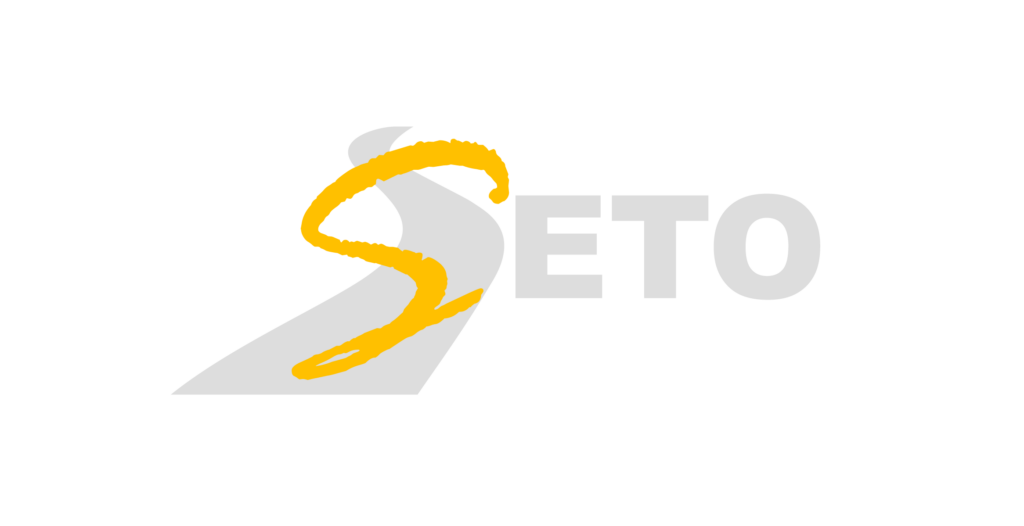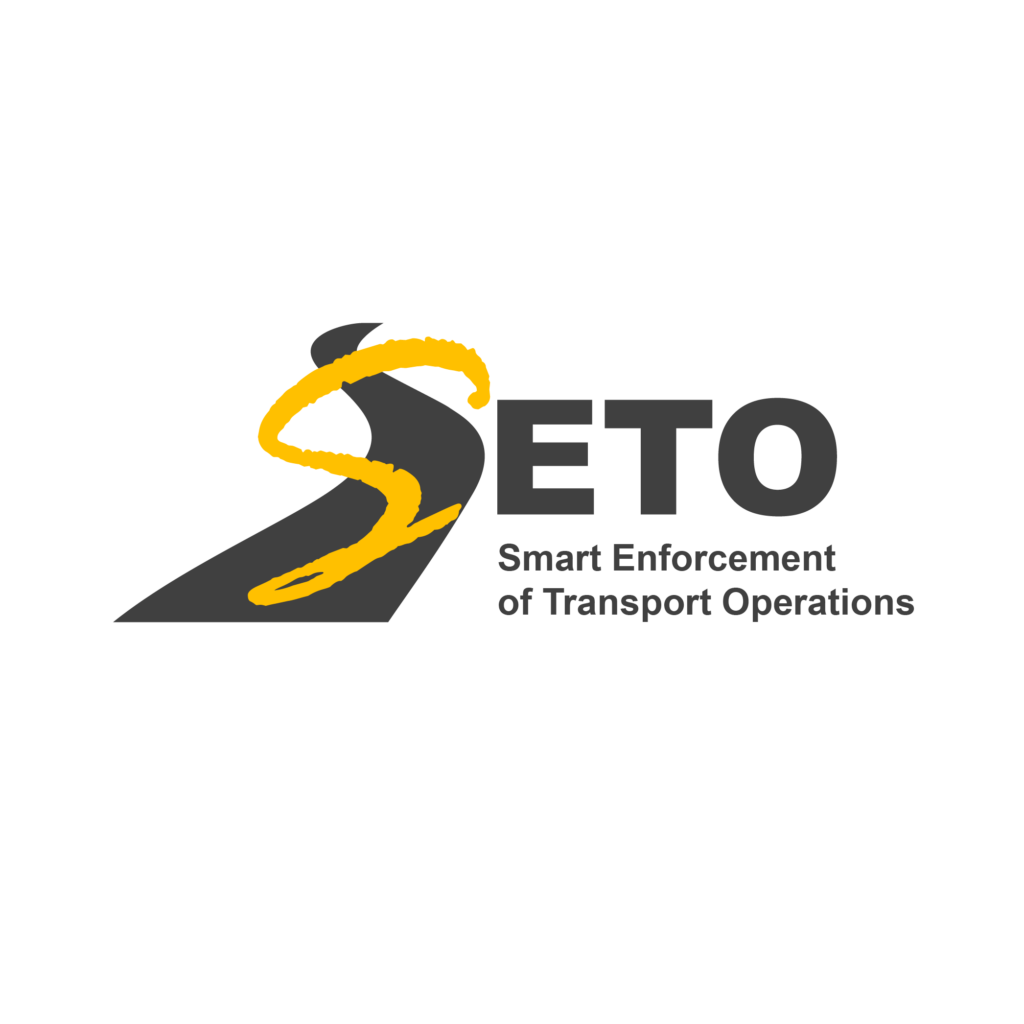WP1 Digital Solution
WP2 Assistive Technologies
WP2, led by RDS, focuses on creating the protocols and guidelines needed to advance Weigh-in-Motion data to the point where overload can be enforced directly.
Task 2.1, led by UGE, will develop a metrological framework, and support harmonised procedures, identifying the challenges of the ongoing revision of OIML R-134 for applying WIM systems in enforcing regulations of vehicle overloading. Moreover, this task will cross-calibrate and cross-examine variations and differences between the roadside and the onboard WIM approaches and will draft a “Blue Guide” manual for the European overload enforcement based on WIM.
Task 2.2, led by RDS, will develop a tamper-proof onboard truck weighing system that can be used to enforce cabotage regulations and has the potential to assist with the enforcement of overload.
Task 2.3, led by UGE, focuses on developing the technological requirements for enforcing the vehicle/vessel’s position and time (thus speed).
WP3 Pilot Demonstration
WP4 Impact Groundwork
WP4 Impact Groundwork, led by DIC, aims to create and assess the project’s impact during SETO’s operation.
It will start with Task 4.1, led by VIL, which will develop a framework to monitor key performance indicators (KPIs) for transportation technologies through real-world testing. It will define guidelines for data management, stakeholder consultation processes, and KPIs in areas such as technology, economics, society, and the environment. These KPIs will evaluate digital adoption, costs, safety, working conditions and emissions.
Task 4.2, led by ISIG, emphasises the social impacts that will be examined through studies of behaviours, workshops and a data collection tool assessing issues like acceptance and privacy. Potential incentives and rewards for participation will be explored to encourage the uptake of solutions.
Task 4.3, led by UCD, focuses on developing concepts for safer automated driving through optimised energy use, vehicle interaction modelling and multi-criteria impact assessments. The effects of enforcement on weights and loads will be evaluated for energy consumption, safety and infrastructure degradation over time.
Task 4.4, led by DIC, will create a business case that lays out market potential and alternative operating models for an information exchange system. Financial projections will account for capital requirements, revenues, investor returns and total cost of ownership. Partnerships will be pursued to bring technical expertise to new transportation sectors.
WP5 Outreach and Dissemination
WP5, led by ISIG, is aimed at ensuring the successful outreach and dissemination of SETO project’s activities and results.
Task 5.1, led by ISIG, involves context analysis and stakeholder mapping, utilizing a structured approach to engage stakeholders through various channels, aiming to drive early adoption and future scaling of project technologies.
Task 5.2, led by DIC, focuses on open and FAIR data management, ensuring compliance with data protection regulations and emphasizing data security throughout the project.
Task 5.3, led by ISIG, develops a comprehensive communication strategy, employing both one-way and two-way communication methods to engage stakeholders effectively.
Task 5.4, led by DIC, outlines an exploitation plan to achieve societal, scientific, and commercial impact, including market analysis, reimbursement strategy, and the formation of an Advisory Board to provide guidance on exploitation efforts.
Task 5.5, led by ISIG, aims to bridge the gap between research and policy/practice in transport operations by providing concrete recommendations to policymakers and stakeholders.
Lastly, Task 5.6, led by UCD, ensures effective engagement of the Advisory Board throughout the project’s duration, leveraging their expertise to support project operations and achieve desired impacts.
WP6 Project Management
WP6, led by UCD, fulfils the following goals:
- Ensure smooth project coordination and participation of all partners in the work activities.
- Achieve high-quality results and implementation.
- Manage risks and ensure the timely execution of the tasks according to the time and financial plans.
- Interact with the European Commission authorities to deliver the required documentation such as progress and financial reports and other deliverables.
A series of tasks have been defined within the WP to achieve these objectives. These tasks are Project Administration, Financial Management, Risk Management, Quality Management, and Intellectual Property (IP) Management.
The SETO project management team aims for a successful implementation of the project and for delivering high-quality results. For that purpose, UCD leads a Steering Committee (SC) that includes all partners and a Project Management Group (PMG) where all WP leaders are represented. The SC makes strategic decisions and collaborates with the Quality Management Team (QMT) while the PMG handles day-to-day tasks and monitors implementation.
UCD has also designated a financial manager to handle payments and ensure compliance with the Grant Agreement.
A dynamic Risk Management Plan has been designed and will be periodically updated to address potential issues. Risks will be evaluated based on probability and impact severity, allowing for prioritization and effective corrective actions.
A dedicated QMT, comprising three internal members from participating partners and two external stakeholders, will oversee Quality Assurance and Quality Control procedures.
Finally, continuous IP monitoring in SETO will ensure the protection and identification of new opportunities to secure knowledge.


